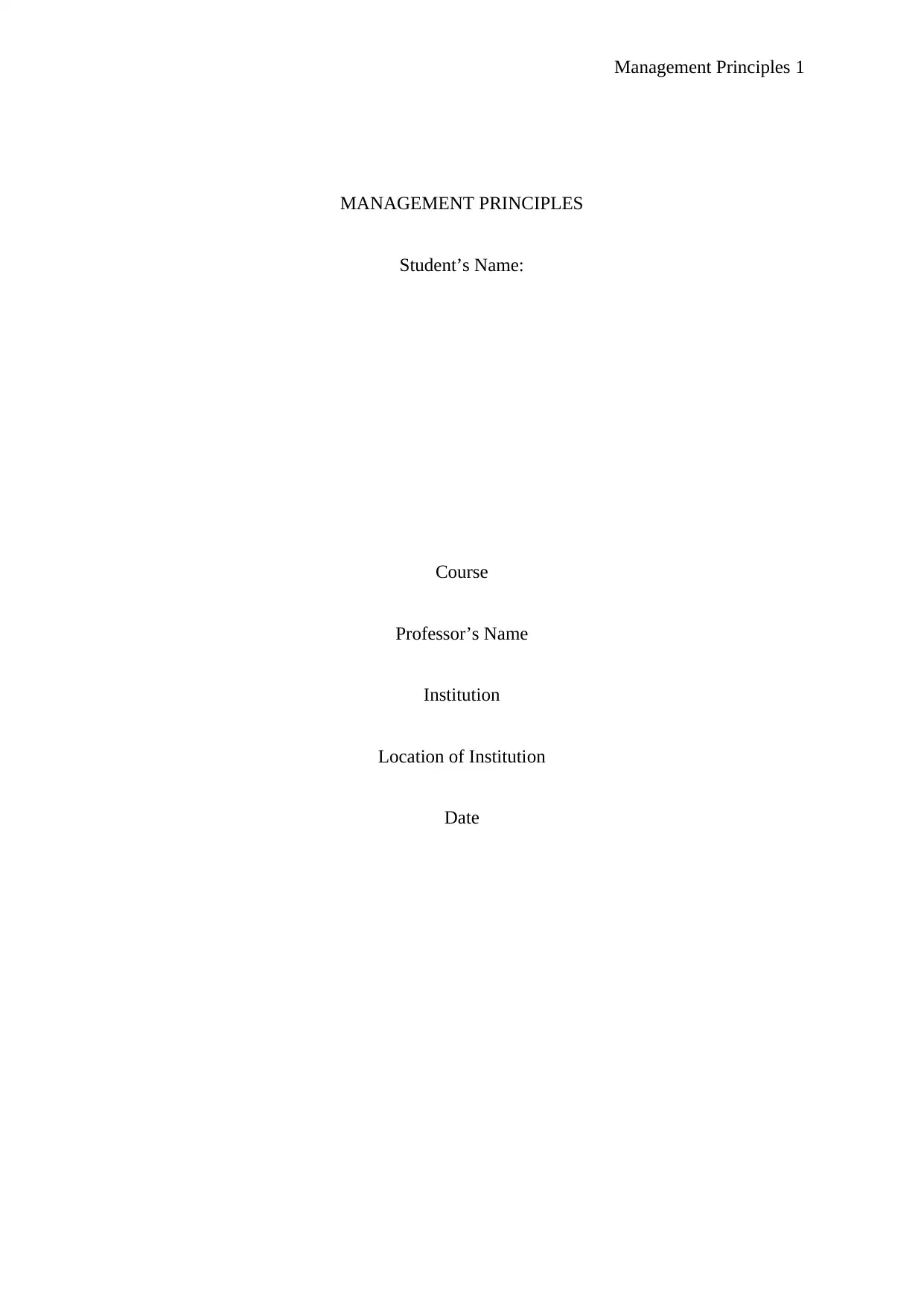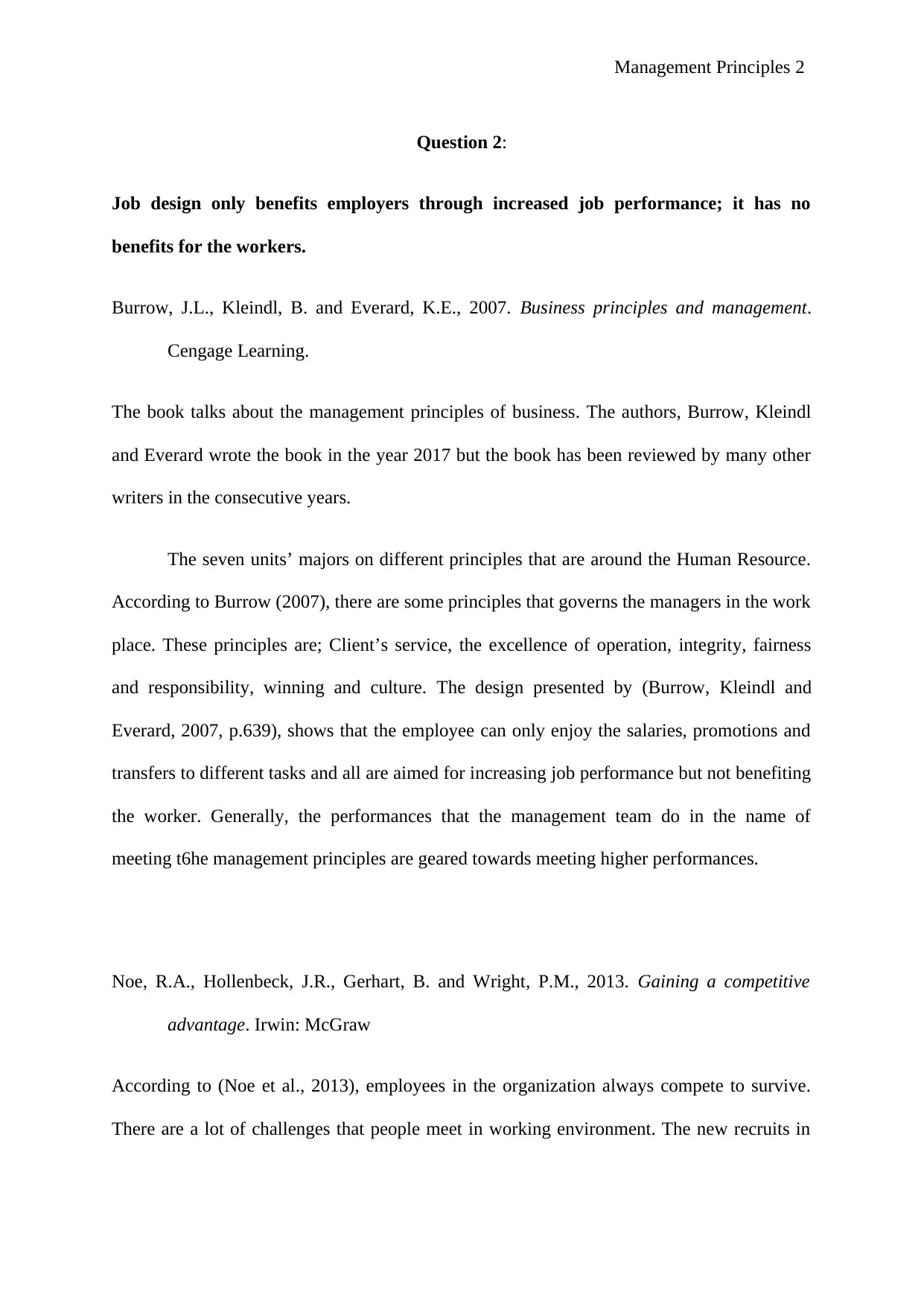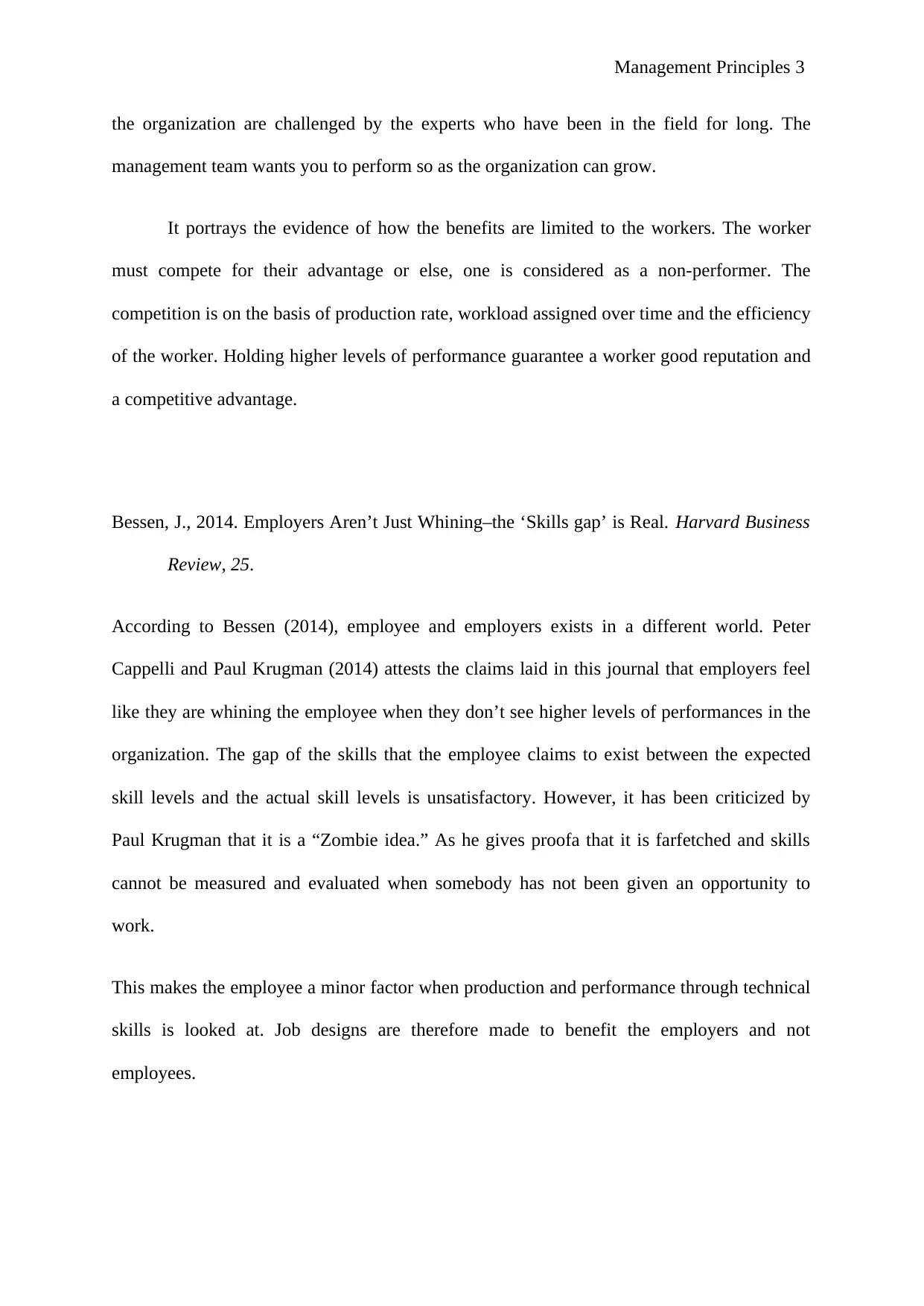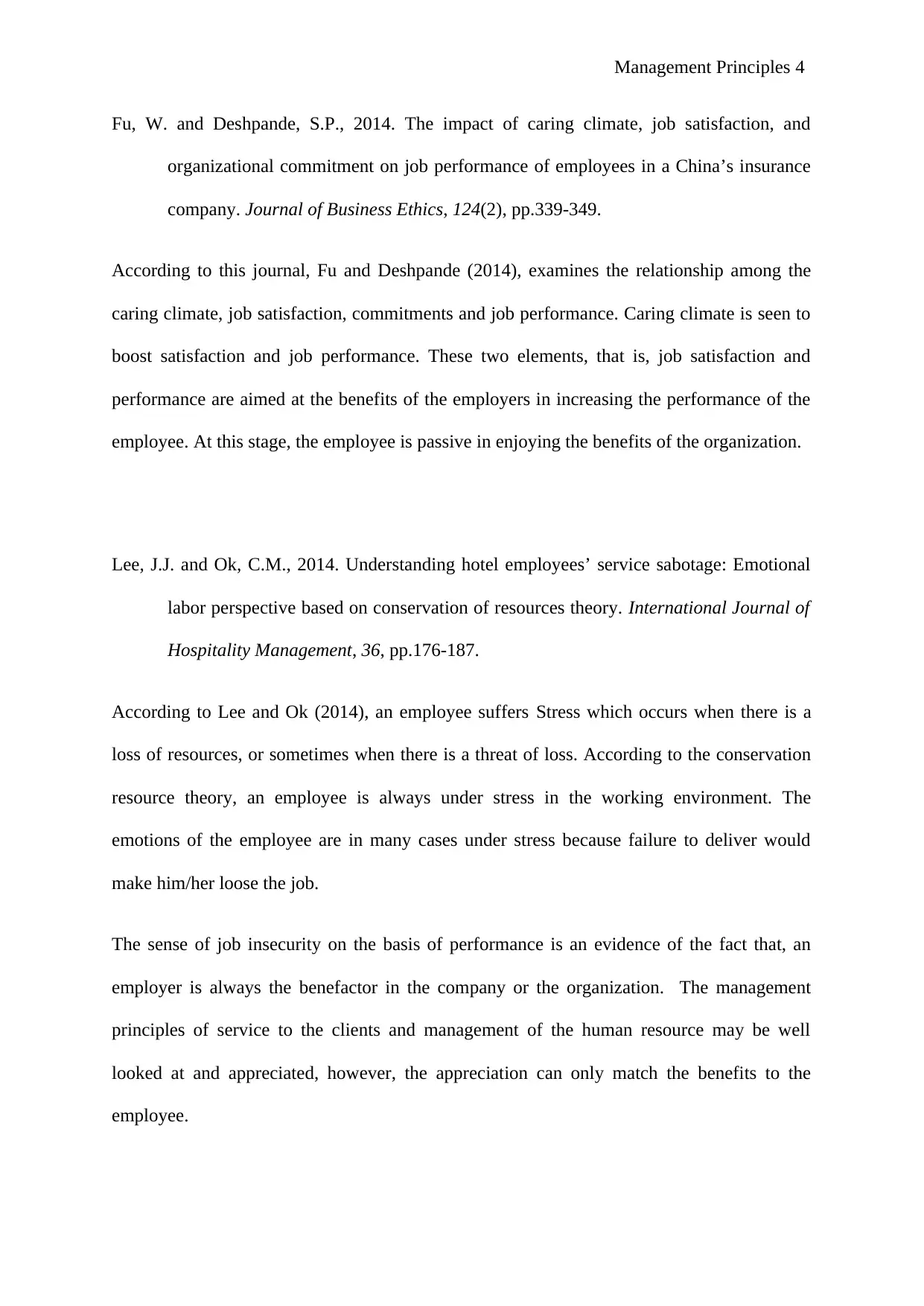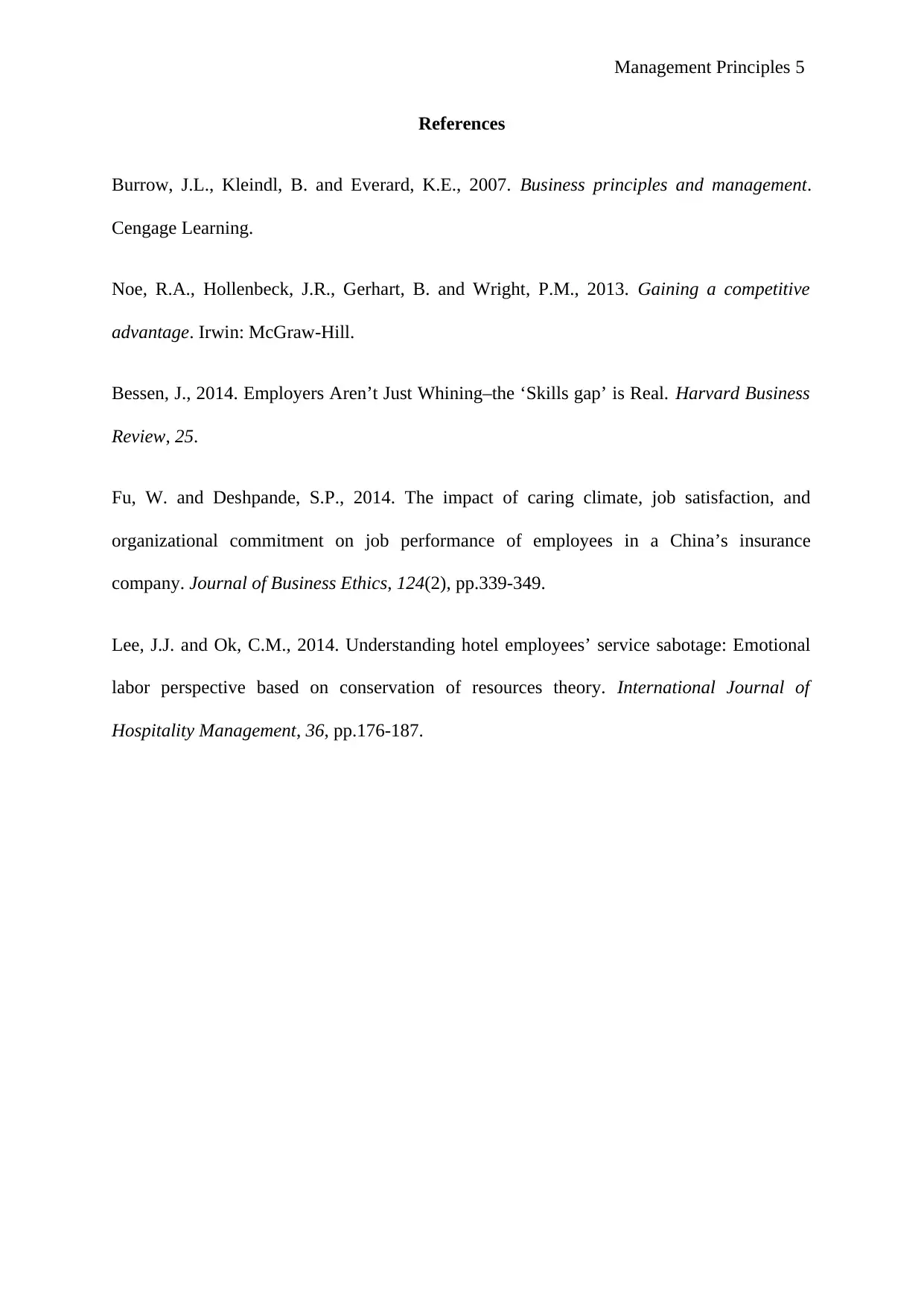Employer vs. Employee: Analyzing Benefits of Job Design in Management
VerifiedAdded on 2020/03/04
|5
|1031
|58
Essay
AI Summary
This essay critically analyzes the benefits of job design, examining whether it primarily favors employers or employees. Drawing upon various scholarly sources, including Burrow et al. (2007), Noe et al. (2013), Bessen (2014), Fu and Deshpande (2014), and Lee and Ok (2014), the essay investigates how job design principles influence employee performance, satisfaction, and organizational commitment. The analysis explores the competitive pressures within organizations, the perceived skills gap, and the impact of workplace climate on employee well-being. The essay argues that while job design often aims to boost employer benefits through increased performance, the impact on employee well-being, job security, and overall satisfaction requires careful consideration. The essay highlights the importance of balancing employer goals with employee needs to foster a more sustainable and productive work environment.
1 out of 5
